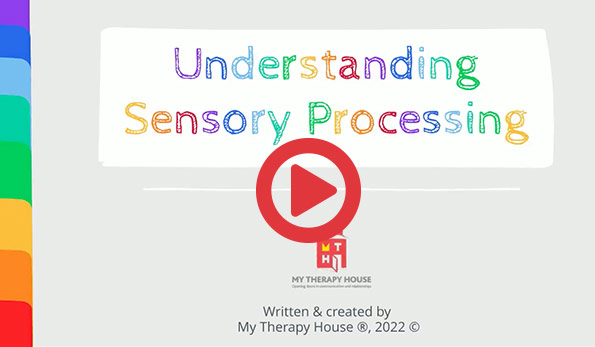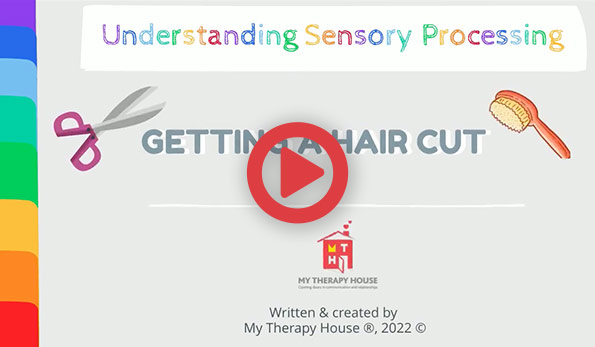Sensory processing refers to the way we sort, interpret and respond to sensation from our body, environment and the world around us. The sensations or sensory information we experience come through the senses of touch, taste, sight, sound, smell, proprioception, vestibular and interoception. In order for a child to learn about their body and their world, they must be able to process sensory information accurately.
The video below outlines:
- What sensory processing is
- Why sensory processing is important
- The 8 senses we experience in our everyday lives
- What sensory processing looks like in children
Sensory Symptoms Checklists
Resources for Parents and Caregivers
Videos:
Some useful links and resources to help parents and caregivers gain a better understanding of their child’s behaviours are listed below. We provide these links in good faith, and do not endorse or receive payment for sharing them. Please note that there are costs associated with these resources. Please speak to your NDIS Plan Manager, if relevant, about whether you may be able to claim reimbursement through your child’s NDIS Plan.
Books:
Have a chat to learn more about how we can help.
Children and relationships are our passion.



